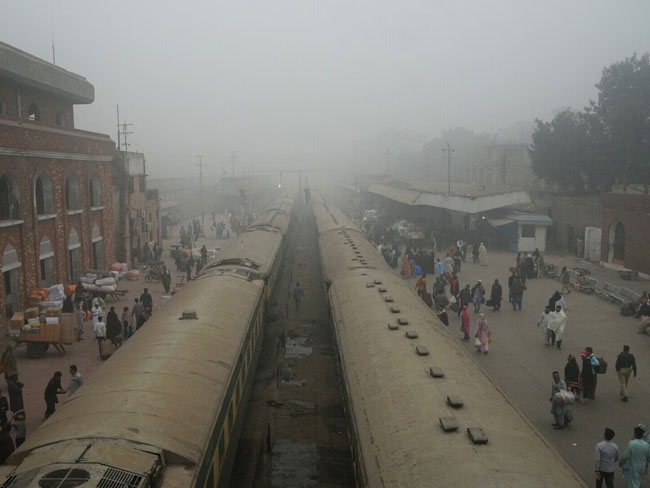Lahore:In Pakistan’s Punjab province, severe air pollution has wreaked havoc, hitting Lahore the hardest while impacting the entire region. Nearly two million people have sought medical attention due to pollution-related illnesses, with over 1.9 million individuals visiting hospitals, according to Punjab’s Health Department. Of these, 1.2 million are from Lahore and its surrounding areas, mainly experiencing difficulty breathing, chest tightness, and respiratory issues.
Despite growing concerns, Lahore’s Air Quality Index (AQI) remains consistently over 1000, even reaching 1100 on Thursday night. Over the past two weeks, Punjab’s pollution levels have continued to worsen, with Multan’s AQI soaring past 2000 twice. Authorities in Lahore have advised residents to stay indoors and venture out only for essential tasks. Experts report a 23% increase in pollution levels in Lahore compared to last year.
The smog is not only causing respiratory issues but also contributing to mental health problems like depression, with adverse effects on children’s development. This is the first time Pakistan has compiled data on pollution-related health issues, documenting cases of asthma, heart disease, stroke, and eye irritation.
Although this data may not fully capture the scale of the crisis, it offers a glimpse into how widespread the impact of air pollution is. Many people are reportedly choosing home remedies and self-care over hospital visits, highlighting the alarming extent of air pollution’s toll on public health.




